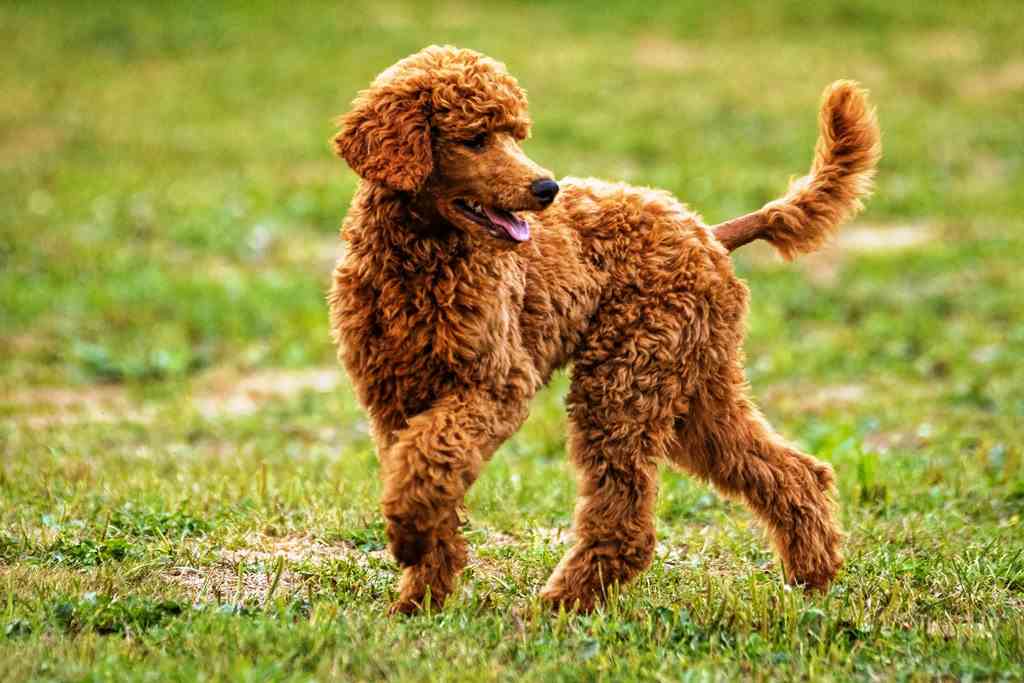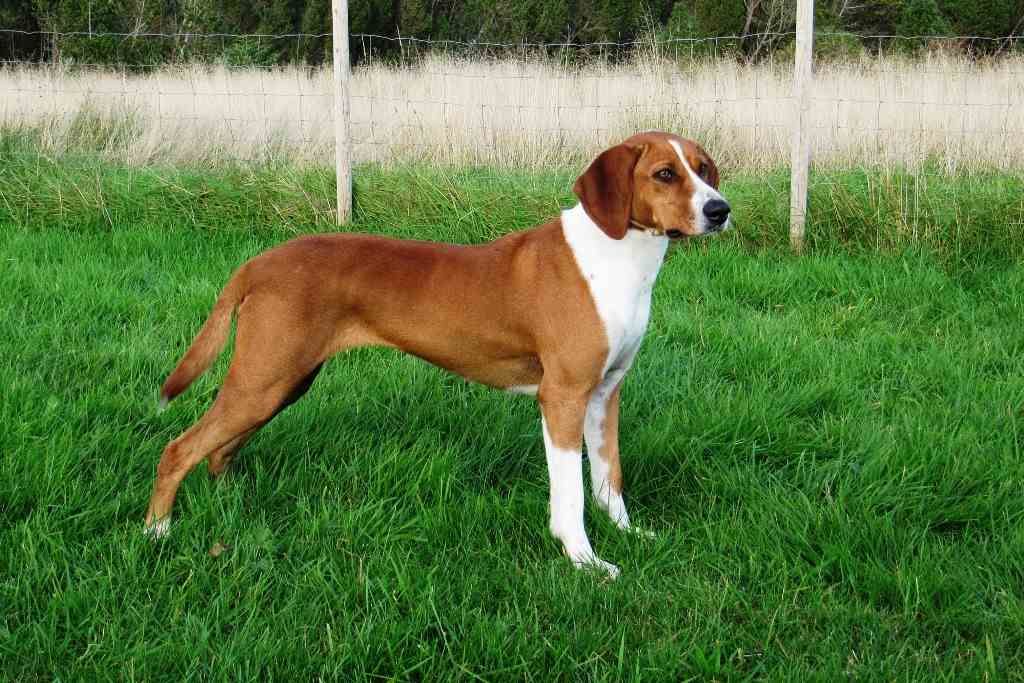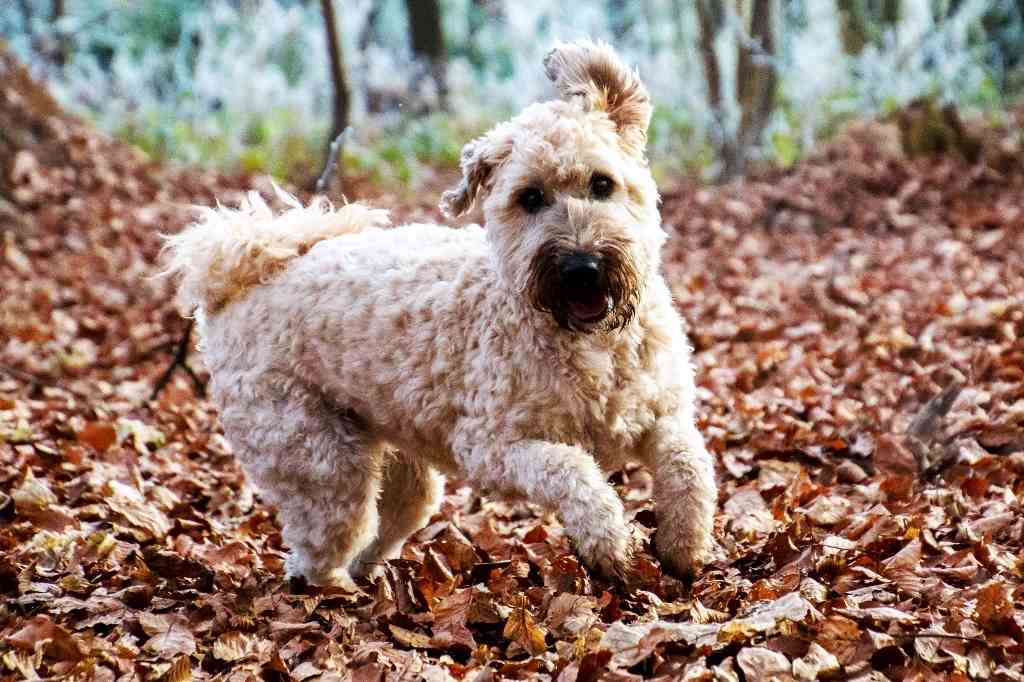The origin of the Irish water spaniel dog breed is very uncertain and there are various theories. The breed is ancient, there are records of this dog as early as the 1600s, when these dogs were used for hunting game, particularly on water. Its origin is Irish, and one theory is that the Irish water spaniel arrived in Ireland via Spain, coming from Persia.
Another theory speaks of the spaniel as a descendant between the tramp and the Irish setter, in fact looking very much like a poodle. This dog has been very popular in Ireland and England, while outside these territories it is not very well known. In the 19th century, it became very popular in the United States for duck hunting and is considered a retriever dog.
The selection of this breed began in 1834 and an attempt was made to create a hunting dog that had the characteristics of the pointer, setter, retriever and spaniel.
Another theory that has been circulating since the 17th century is that in Ireland there was already a breed with a waterproof coat, characterised by a peculiar, mouse-like tail. In fact, its unique characteristic is its tail, which has no similarity in any dog breed.
Character of the Irish water spaniel dog breed
Although primarily a hunting dog, the Irish water spaniel is also suitable as a companion dog due to its character and manner. It adores children and plays with pleasure and joy, and without any signs of aggression.
As a character it is sociable, lively, docile to commands and very intelligent, but also faithful, headstrong and independent, gentle and tolerant. He becomes very attached to his family and adapts very well to domestic life. He is a quiet dog who only barks when it is necessary to warn the family of some potential danger.
However, he needs a lot of daily exercise; long walks, jogs and if possible also swimming, which he enjoys very much. It is easy to educate and does not often require the intervention of experienced trainers, but the owner must make it clear from the very first moment who the master is, as like all hunting dogs it has a strong personal independence.
If with family members he is very affectionate, with strangers he is unfriendly, but never aggressive. It does not like solitude, but also needs its own space and plenty of physical activity. It gets along well with its peers only if socialised from an early age.
Appearance of the Irish water spaniel dog breed
The Irish water spaniel is a medium-sized dog. The height at the hock for a male ranges from 53 to 59 centimetres and a weight of 25 to 30 kilograms, the female usually a little less.
It is an elegant dog with a strong physique. It is not very slender, it is compact and somewhat stocky. The tail is its peculiarity, and has no equal in any dog breed. It is short, smooth, rather thick at the beginning, not very long and ends up thin and without any hair. In fact, it is very reminiscent of a mouse’s tail.
The muzzle is strong, long and rather square. The eyes are small and dark, almond-shaped. The colour ranges from dark amber to dark hazel, and they have an intelligent look. The ears are very long, hang low and fall on the cheeks. They are covered with long, curly hair. The truffle is usually dark, but varies its colouring in relation to that of the coat.
Another typical peculiarity of this breed is the coat. Dense, naturally oily curls, never frizzy or woolly, cover its entire body with the exception of the muzzle and tail. Another place where there is an area of smooth, soft and impalpable hair is under the throat; it is in the shape of a ‘V’ running from the back of the jaw to the sternum. The colour of the coat is only one, it is dark and tends towards purple.
Care and health of the Irish water spaniel dog breed
Due to selective breeding and its intended use, this breed has good general health. However, it is predisposed to some specific diseases such as hip dysplasia, otitis, malocclusion and onychodystrophy. It has an average life expectancy of around 11 years. It withstands the cold much better than the heat, so if it can sleep outside without any problems, it is a good idea to shift physical activity during periods of high heat to the cooler hours of the day.
Its shaggy, curly coat tends to knot up easily, so it will need to be brushed at least twice a week. It should also be checked frequently to prevent parasites and insects from nesting in its very thick coat. His ears must also be checked frequently to avoid the risk of ear infections. It loses very little hair, so it is perfect for allergic persons.
A controlled and balanced diet is ideal for this breed, although it does not tend to put on weight if it gets the right physical exercise.


